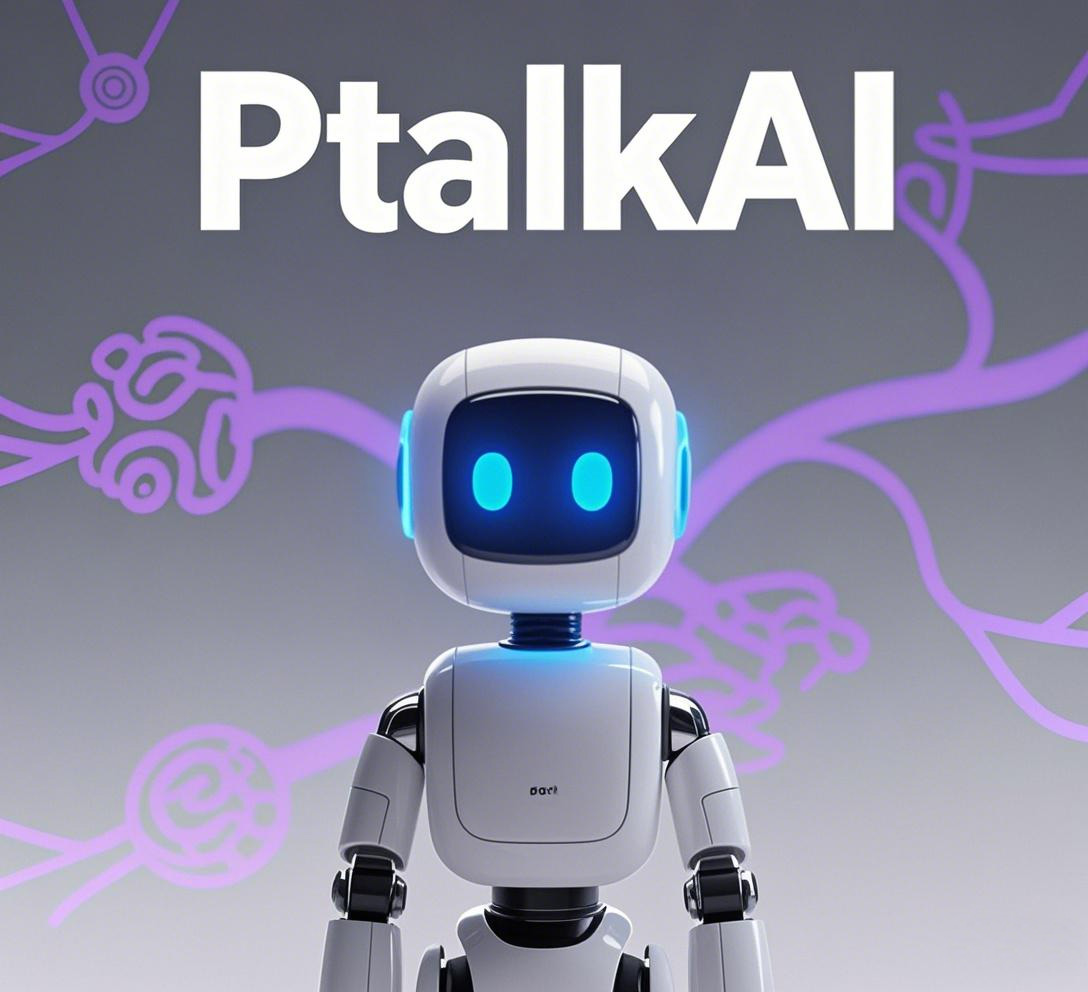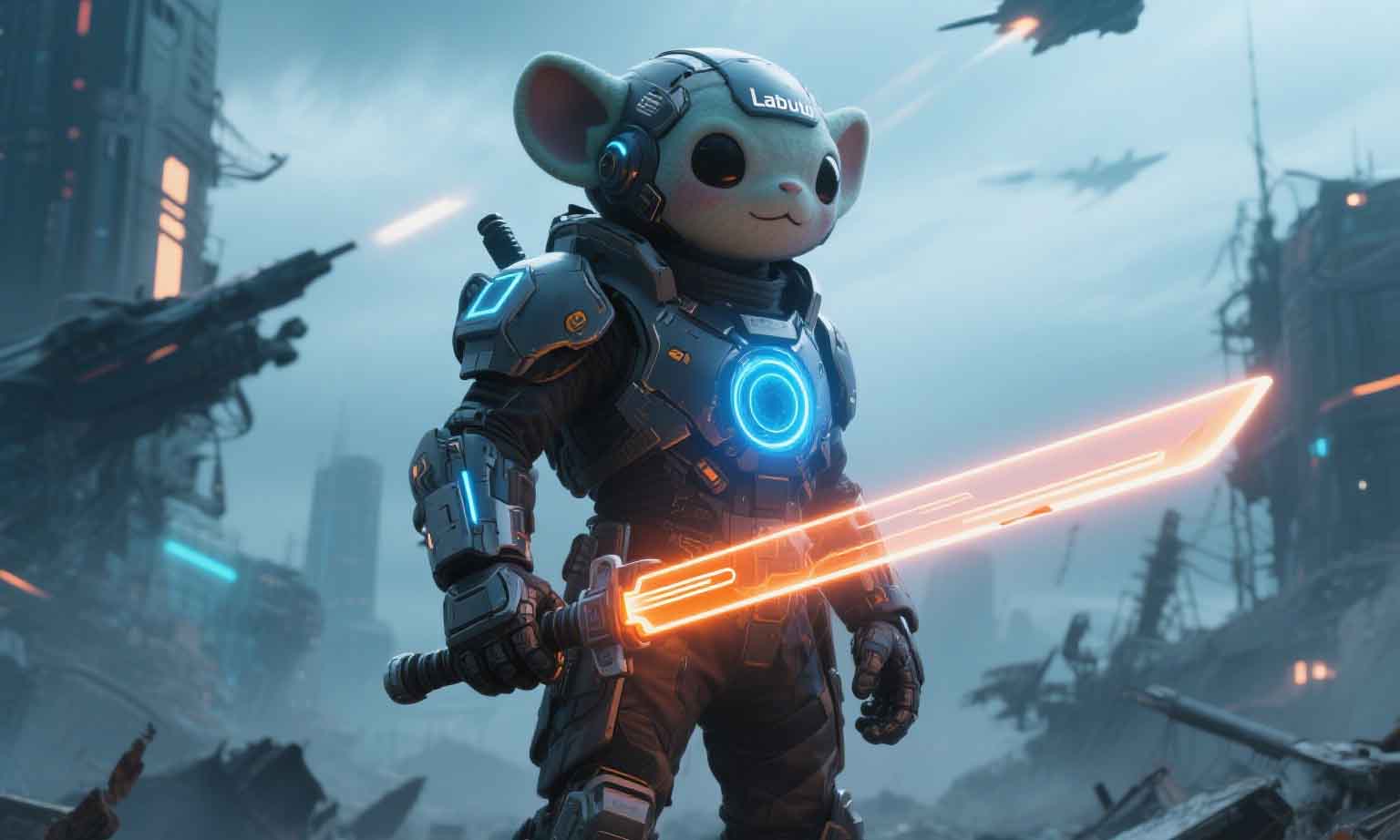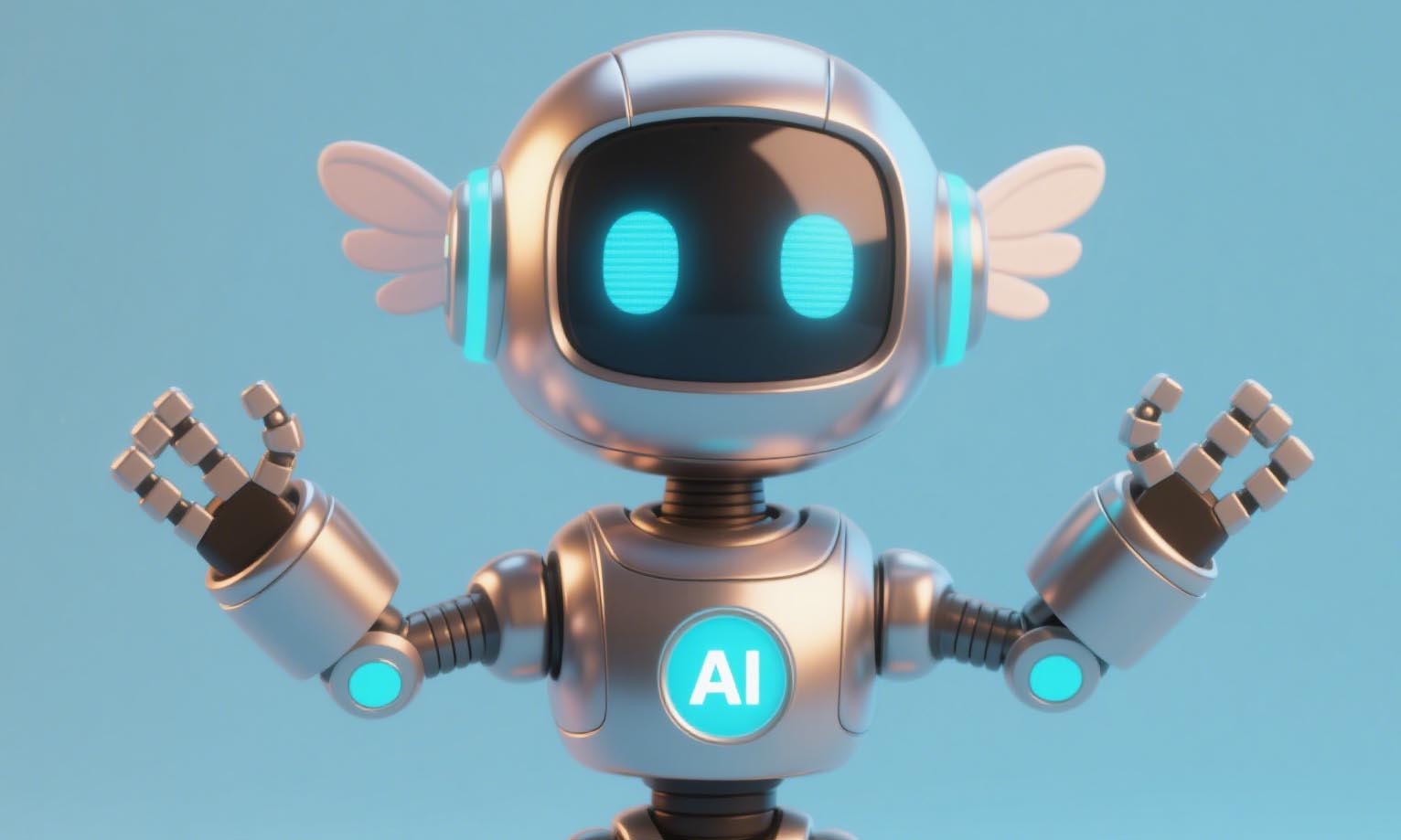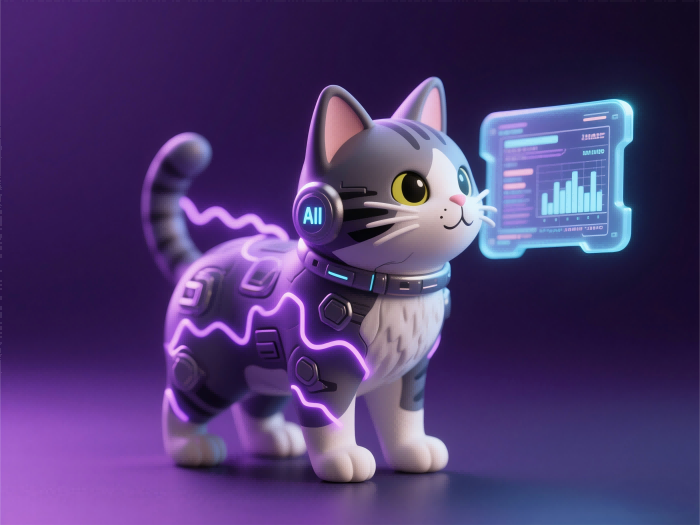AI Toys: Redefining Playtime and Learning
小薇 2025-06-16
In an era where technology permeates every aspect of life, the toy industry is undergoing a remarkable transformation driven by artificial intelligence (AI).
AI Toys: Redefining Playtime and Learning
In an era where technology permeates every aspect of life, the toy industry is undergoing a remarkable transformation driven by artificial intelligence (AI). AI toys are rapidly emerging as a new frontier, combining the joy of play with the power of intelligent technology. These innovative toys are not only entertaining but also offer educational and developmental benefits, revolutionizing the way children interact with their playthings.
One of the most popular categories of AI toys is educational robots. These robots are designed to make learning fun and engaging. For instance, some robots can teach children programming basics through interactive games. They use block - based coding systems, allowing kids to create simple commands for the robot to move, dance, or perform various tasks. As children progress, they can gradually learn more complex coding concepts. Other educational AI toys focus on language learning. They can recognize speech, correct pronunciation, and teach new vocabulary in a playful manner. Some even incorporate augmented reality (AR) features, overlaying virtual images on the real world to enhance the learning experience, such as showing 3D models of animals while teaching their names.
Entertainment - oriented AI toys also hold a significant place in the market. Interactive dolls and action figures equipped with AI are becoming increasingly popular. These toys can engage in conversations with children, respond to their emotions, and tell stories. They use natural language processing algorithms to understand what children say and generate appropriate responses. For example, an AI - powered doll can comfort a child when they sound sad, ask them about their day, and offer positive affirmations. Additionally, there are AI - enabled remote - controlled vehicles and drones. These toys can be programmed to perform complex maneuvers, and some can even navigate autonomously, avoiding obstacles using built - in sensors and AI algorithms. This provides children with an exciting and immersive play experience.
The advantages of AI toys are numerous. From an educational perspective, they can adapt to the individual learning pace and style of each child. Unlike traditional educational materials, AI toys can provide personalized feedback and guidance, helping children to better understand and retain knowledge. They also stimulate creativity and problem - solving skills. For example, when children program a robot to complete a task, they need to think critically and come up with solutions. In terms of entertainment, AI toys offer endless hours of fun and novelty. Their ability to interact and respond in real - time makes playtime more dynamic and engaging, reducing the likelihood of children getting bored quickly.
However, the development and widespread use of AI toys also come with certain challenges. Concerns about privacy and data security are at the forefront. Many AI toys collect data such as children's voices, usage patterns, and personal information. Ensuring that this data is protected from unauthorized access and misuse is of utmost importance. Manufacturers need to implement strict security measures and transparent data - handling policies. Another issue is the potential for over - reliance on technology. While AI toys can be beneficial, excessive use may limit children's opportunities for unstructured play and social interaction in the real world. Parents and educators need to strike a balance and encourage children to engage in a variety of activities.
Looking to the future, the prospects for AI toys are bright. As AI technology continues to evolve, we can expect even more advanced and intelligent toys. For example, AI toys may be able to predict children's interests and preferences, and automatically adjust their content and functions accordingly. They could also integrate more deeply with other smart devices in the home, creating a seamless and interconnected play ecosystem. Moreover, AI toys may play an even greater role in special education, providing customized learning experiences for children with different abilities.
In conclusion, AI toys represent a significant leap forward in the toy industry. With their blend of entertainment, education, and interactivity, they are redefining playtime and learning for children. Although challenges exist, the potential of AI toys to enrich children's lives and foster their development is undeniable. As technology progresses, these intelligent toys will likely become an even more integral part of childhood.













